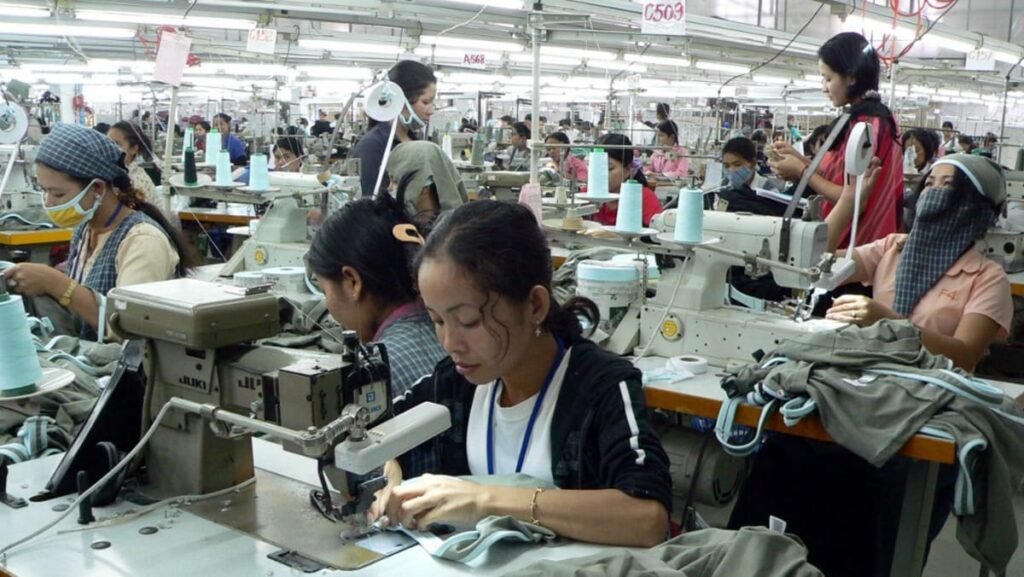Now, as Trump’s latest tariffs take hold – even at the lower rate of 10 per cent – many garment and footwear industry workers will fear for their jobs.
But even those “lucky” enough to keep them will face mounting pressures to produce more, and more quickly, to offset rising costs – at the direct expense of their own financial security and well-being.
The idea that tariffs will ultimately bring jobs back to the US ignores that fact that these jobs – precarious, underpaid and frequently dangerous – are not the kind of jobs that any American would want.
SOMETIMES THERE’S NO ALTERNATIVE
And the evidence suggests that if even if they did want them, international manufacturing supply chains are more deeply embedded than people might think.
After the EU imposed its tariffs on Cambodia for example, brands could have looked to circumvent those added costs by relocating production. As it turned out, the volume of trade between Cambodia and the EU has remained steady since – because sometimes there’s no alternative.
With Cambodia, companies have not been willing or able to shift production to competitors like Bangladesh, Myanmar or Sri Lanka, partly due to the political volatility in those countries.
https://www.channelnewsasia.com/commentary/trump-tariffs-asia-cambodia-factory-workers-garment-fashion-5094496


